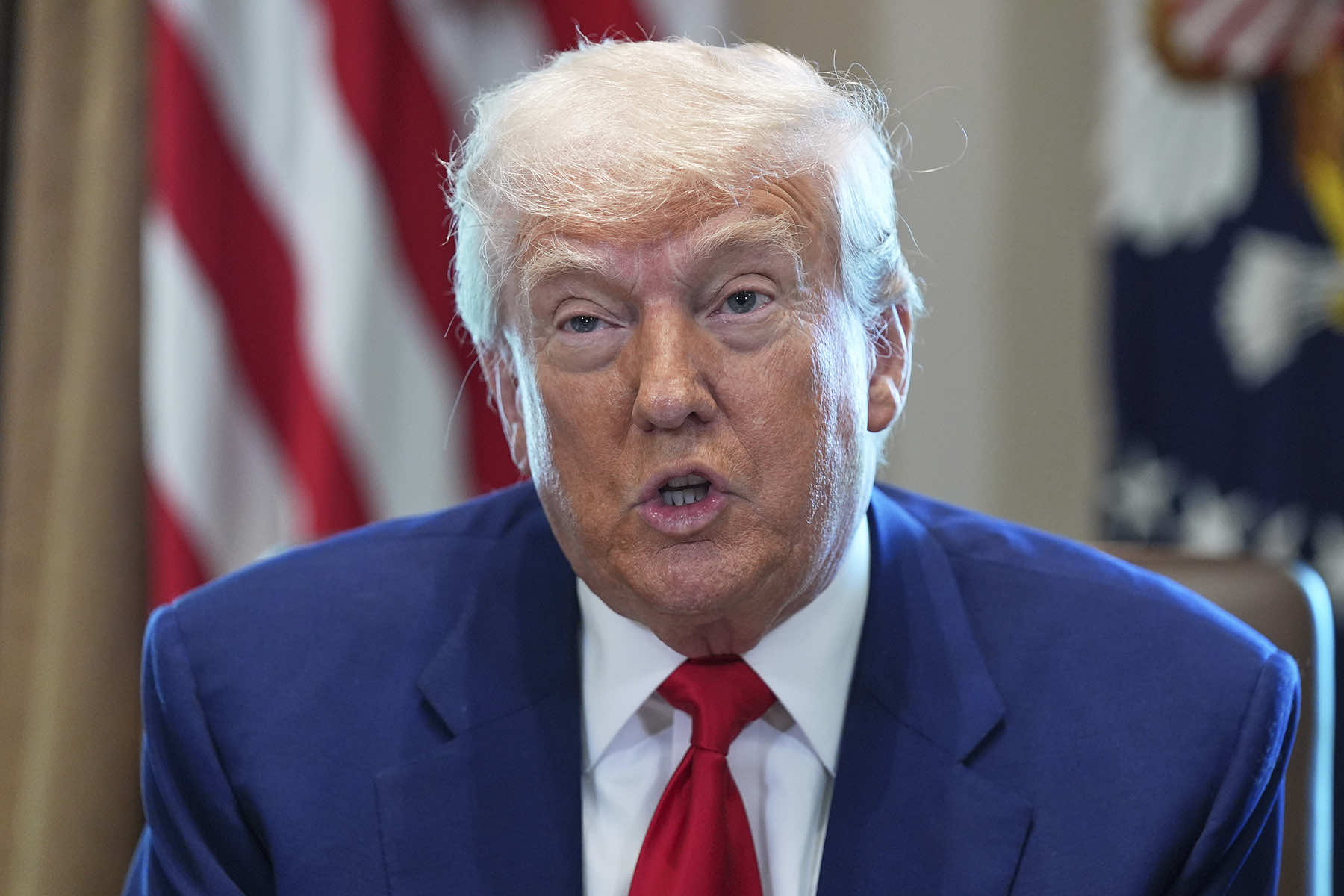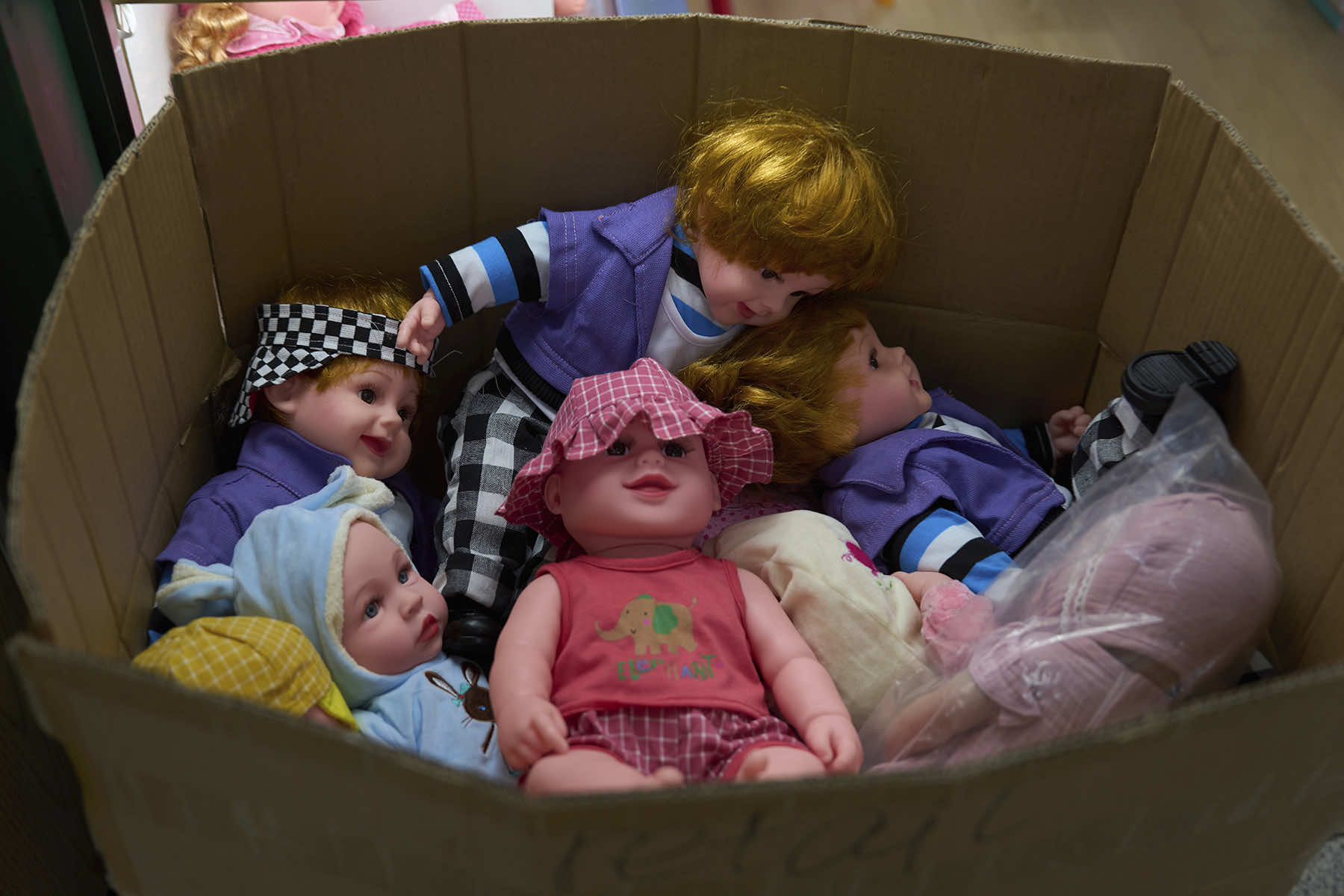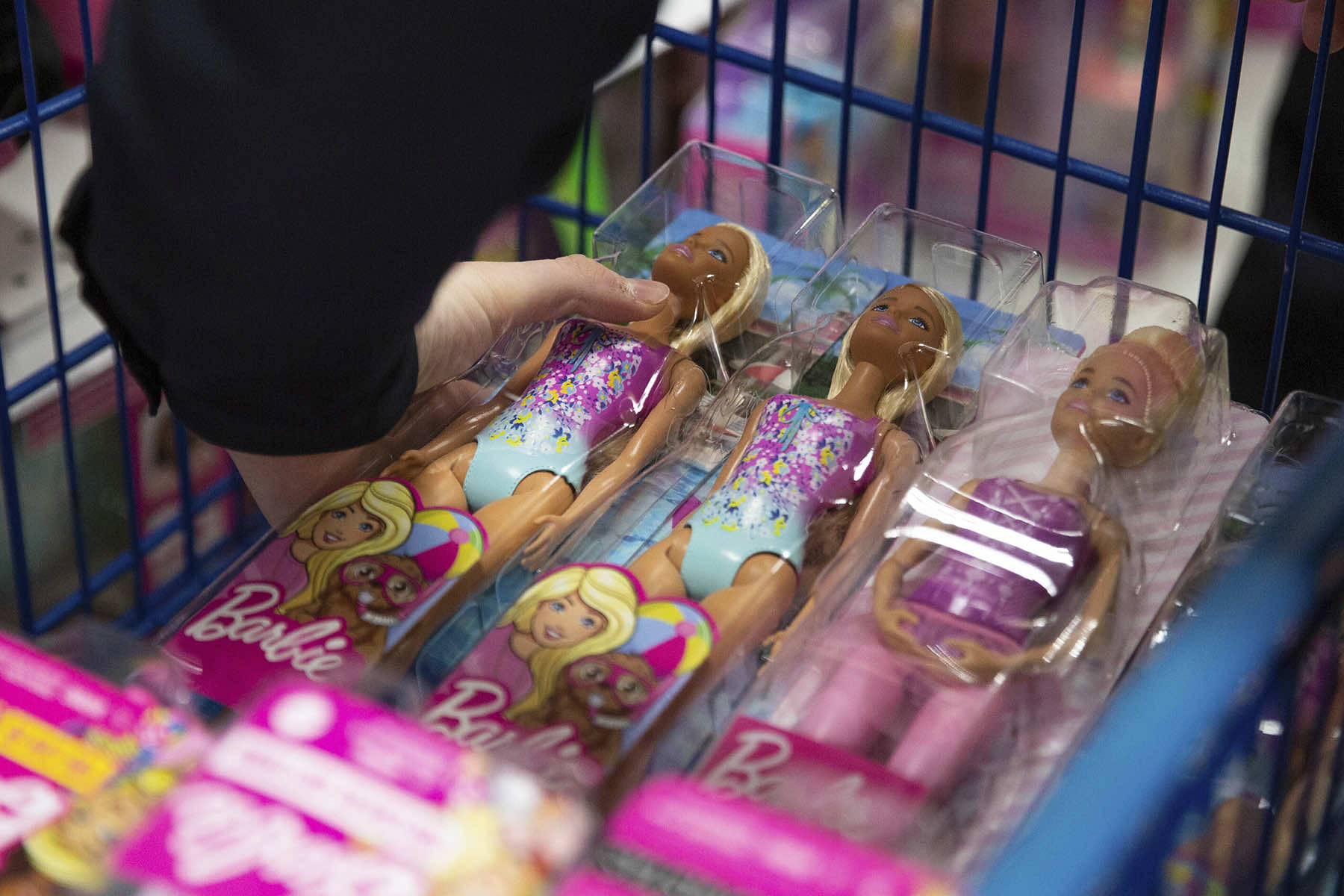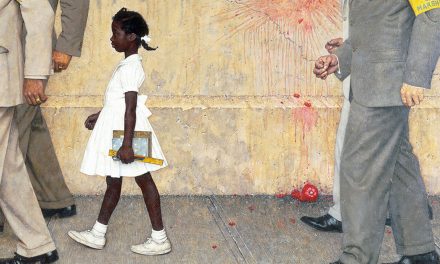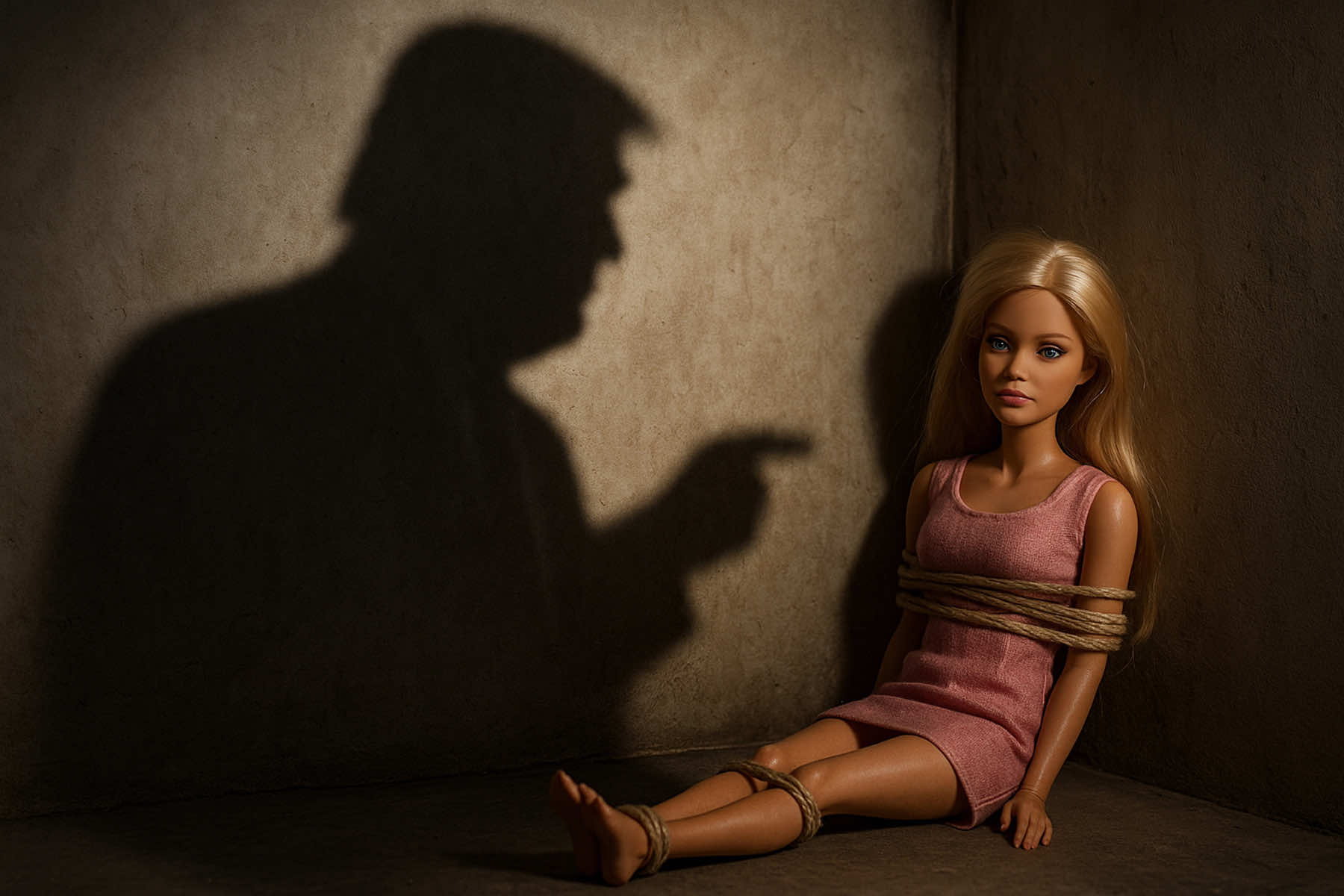
Donald Trump’s outlandish and disruptive trade war has become both an economic weapon and a cultural statement. One of his targets is as unlikely as it is revealing: Barbie.
Once a pink-plastic icon of American girlhood, the Barbie brand has become a new battlefield in Trump’s broader conflict against the norms of global trade. But the impact goes beyond tariffs and supply chains. Analysts warn that his regime’s dismissive stance toward the cultural and economic value of toys like Barbie reveals a deeper, gendered hostility that threatens American families and their financial stability.
A TRADE WAR HITS THE TOY AISLE
At the heart of the conflict is Trump’s wave of tariffs, some reaching as high as 145%, on Chinese-manufactured goods, including toys. Mattel, Barbie’s parent company, has long depended on globalized production, with a significant share of its supply chain rooted in China.
Following the tariff hikes, Mattel announced that it would be forced to raise prices across its product lines, citing tens of millions in projected losses. Smaller toy companies are expected to have an even harder time than Mattel.
Reports from April noted a spike in paused or canceled shipments from China, because of stratospheric tariffs. While Mattel has pledged to relocate some manufacturing by 2026, executives admit that such shifts take time. Until then, the cost burden will fall squarely on American consumers.
For families already squeezed by Republican induced inflation, child care expenses, and a volatile labor market, a hike in toy prices is more than just an inconvenience. These are not luxury collectibles, they are the most basic cultural and developmental tools for young children. And Trump’s whiplash policies treat them like disposable trinkets.
DISMISSIVENESS AS DOCTRINE
Trump has been anything but sympathetic. In remarks defending the tariffs, he shared his condescending feelings toward hard-working Americans.
“I don’t think a beautiful baby girl that’s 11 years old needs to have 30 dolls. I think they can have three dolls or four dolls.” — Donald Trump, May 4, 2025, interview on NBC’s Meet the Press
It was not the first time Trump has used traditional cultural products for women as rhetorical punching bags. As far back as his first term, Trump ridiculed the idea of gender equality initiatives as “woke poison,” and frequently dismissed the professional and economic contributions of women’s industries, from early education to fashion and care work, as unserious or wasteful.
Barbie, by virtue of her association with girlhood and her popularity among young girls, has become a stand-in target for that broader disdain.
Trump does not just wage policy battles, he picks symbols to destroy. Barbie gives him both a consumer product and a cultural irritant. It is pink, it is feminine, and it is loved by little girls. That makes it a threat to his worldview.
FROM ECONOMIC HARM TO CULTURAL COLLATERAL
From Barbie, Bratz, and Cabbage Patch Kids to Adora baby dolls, American Girl, and Our Generation, dolls are a big business in the U.S. as well as beloved playthings.
The doll category, which includes accessories like clothes, generated U.S. sales of $2.7 billion last year compared to $2.9 billion in 2023 and $3.4 billion in 2019, according to market research firm Circana.
Consumers splurged on toys during the height of the COVID pandemic to keep children and themselves occupied, but sales flattened as inflation seized the economy.
To industry insiders, the situation is dire. The toy industry in the U.S. is valued at more than $40 billion and employs tens of thousands across retail, logistics, media licensing, and marketing. Barbie alone is a billion-dollar brand that fuels not just direct sales, but countless spin-offs, accessories, educational materials, and merchandise.
Mattel’s response to the tariffs has been both reactive and desperate. Supply chain experts warn that such turbulence could destabilize the broader market, leading to layoffs, reduced domestic spending, and ripple effects across related sectors like publishing and animation.
The Trump regime, meanwhile, has dismissed these concerns as noise. The White House continues to claim that the American economy is booming, and accuses critics for its own behavior of weaponizing Barbie.
A WAR ON GIRLHOOD
For many parents, the fight is personal. Toys like Barbie serve as more than entertainment. They are tools of imagination, early social learning, and identity exploration. For decades, Barbie has evolved to reflect changing norms, offering dolls of color, disabled characters, and STEM career models. She may be plastic, but she has become a vehicle for girls to see themselves in more ambitious roles.
Critics of the administration say that targeting this symbol is not just financially reckless but culturally regressive. Economists also point out that the distorted economic claims from the White House ignore the lived reality of many families, especially those with children.
Trump’s war on Barbie is not just about tariffs. It is about sending the message that girlhood and the industries that cater to it are not worth defending.
The rhetoric may seem like just another swipe in the broader Trumpian culture war, but the implications go far deeper. By targeting goods that hold real developmental and emotional value for children, especially girls, Trump’s regime is effectively undermining one of the most foundational building blocks of American life: the family unit.
In public statements, Trump has repeatedly framed his economic policy as “pro-family” and “America First,” but experts say the results tell a different story. The tariff war has led to increased consumer prices, job insecurity across key sectors, and a direct assault on the cultural products parents buy to nurture, educate, and connect with their children.
By trivializing the real consequences of economic disruption, and mocking the cultural items parents value for their kids, Trump uses families as pawns while offering them nothing in return.
In previous administrations, toys were even considered in policy as part of broader educational and developmental frameworks. First Lady initiatives once championed early learning toys as crucial for literacy and STEM engagement. Under Trump, the prevailing message is that such concerns are secondary to tariff posturing and political theater.
THE COLLATERAL DAMAGE
The war on Barbie also amounts to a broader war on women. Not just symbolically, but economically. The toy industry, and Barbie’s ecosystem in particular, disproportionately employs women. From product design to marketing, retail to education, these are sectors where women not only dominate but also lead. And they are now bearing the brunt of the fallout.
Women-led small businesses, especially boutique toy stores and educational enrichment centers, are already reporting the strain. They are being priced out of stocking the very products that parents want.
Even beyond direct employment, the gendered impact is clear. Women still shoulder the majority of unpaid domestic labor, including the purchase and organization of childcare, toys, and learning materials. By making these goods more expensive and harder to access, Trump’s policy is pushing an already burdened demographic closer to the edge.
And for low-income families, especially single mothers, the damage is more acute. A $10 price hike on a Barbie may not seem catastrophic in a press briefing, but to parents already choosing between groceries and school supplies, it is another insult from an autocratic regime that continues to ignore the economic reality their toxic policies have wrought.
When a girl is priced out of the doll that looks like her, or told the toys she loves are trivial, the effects linger. And when a national leader shrugs at that loss while waging economic war for political gain, it becomes a matter of principle and not plastic.
In the end, Trump’s war on Barbie is not about trade or toys. It is about who gets to matter in his version of America. And for women, children, and the families trying to raise them with dignity and imagination, the message is as clear as it is cruel. Americans do not matter to Trump.
© Photo
Cora Yalbrin (via ai@milwaukee), Evan Vucci (AP), Ng Han Guan (AP), Grace Ramey (AP)

